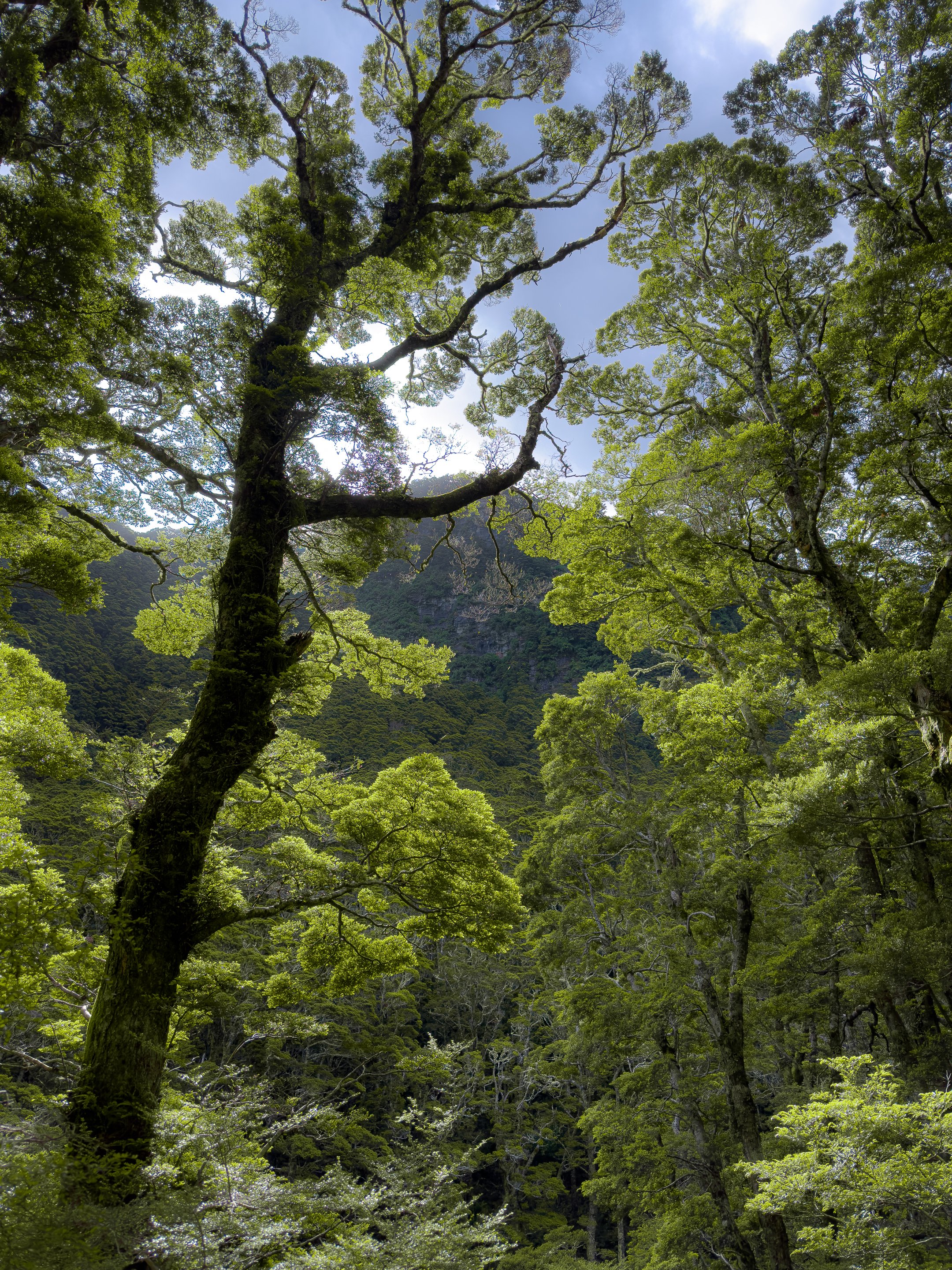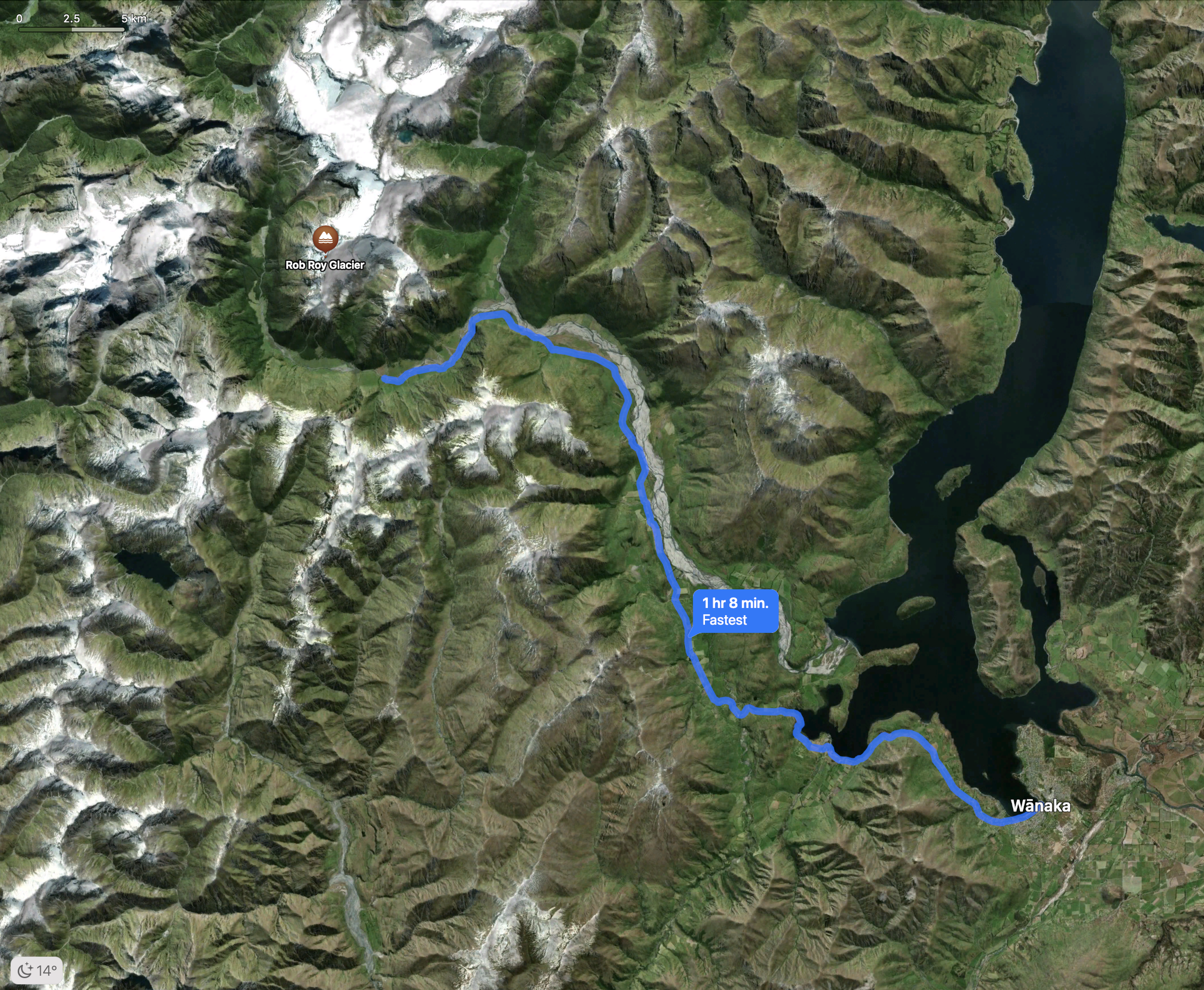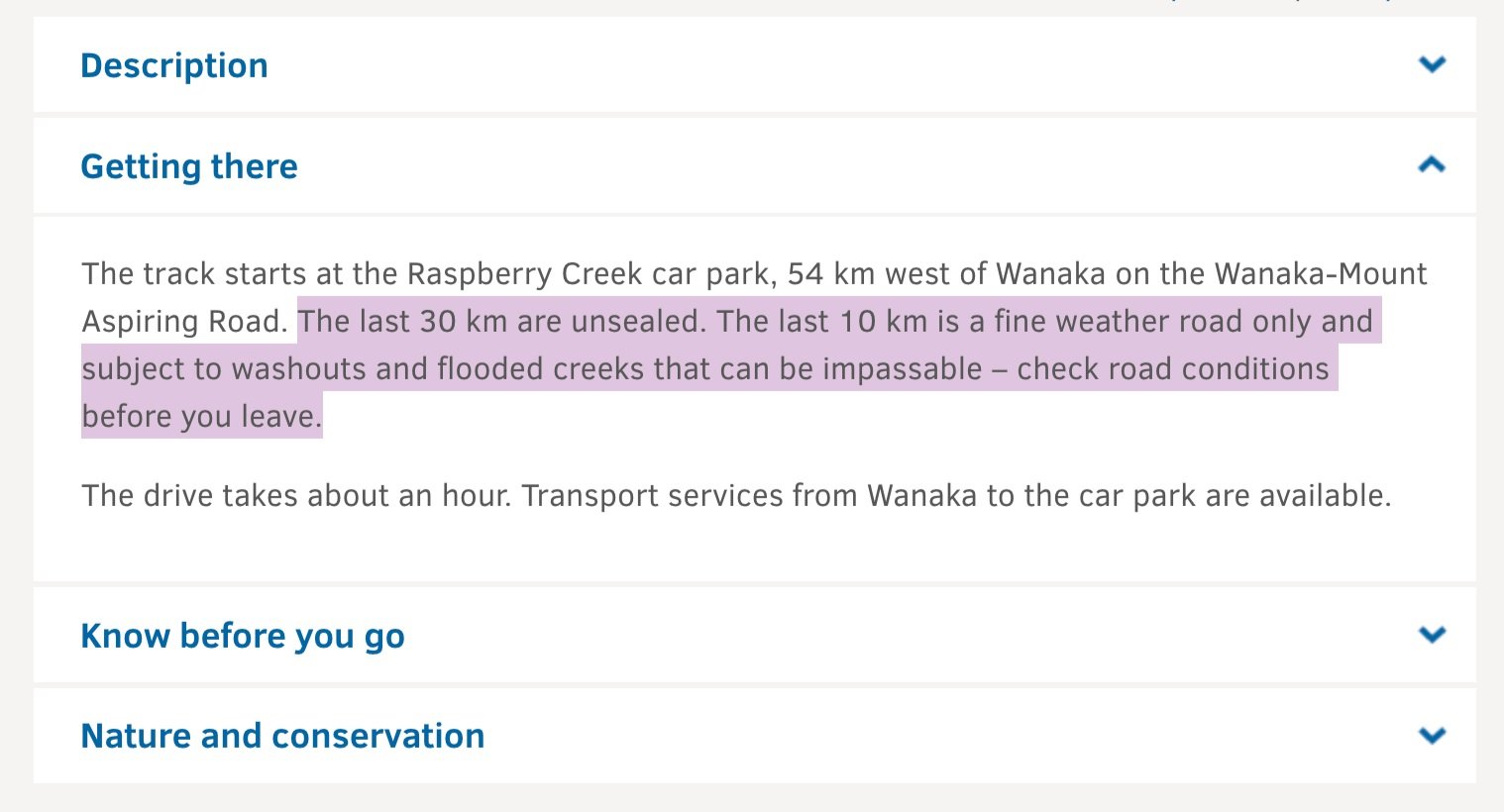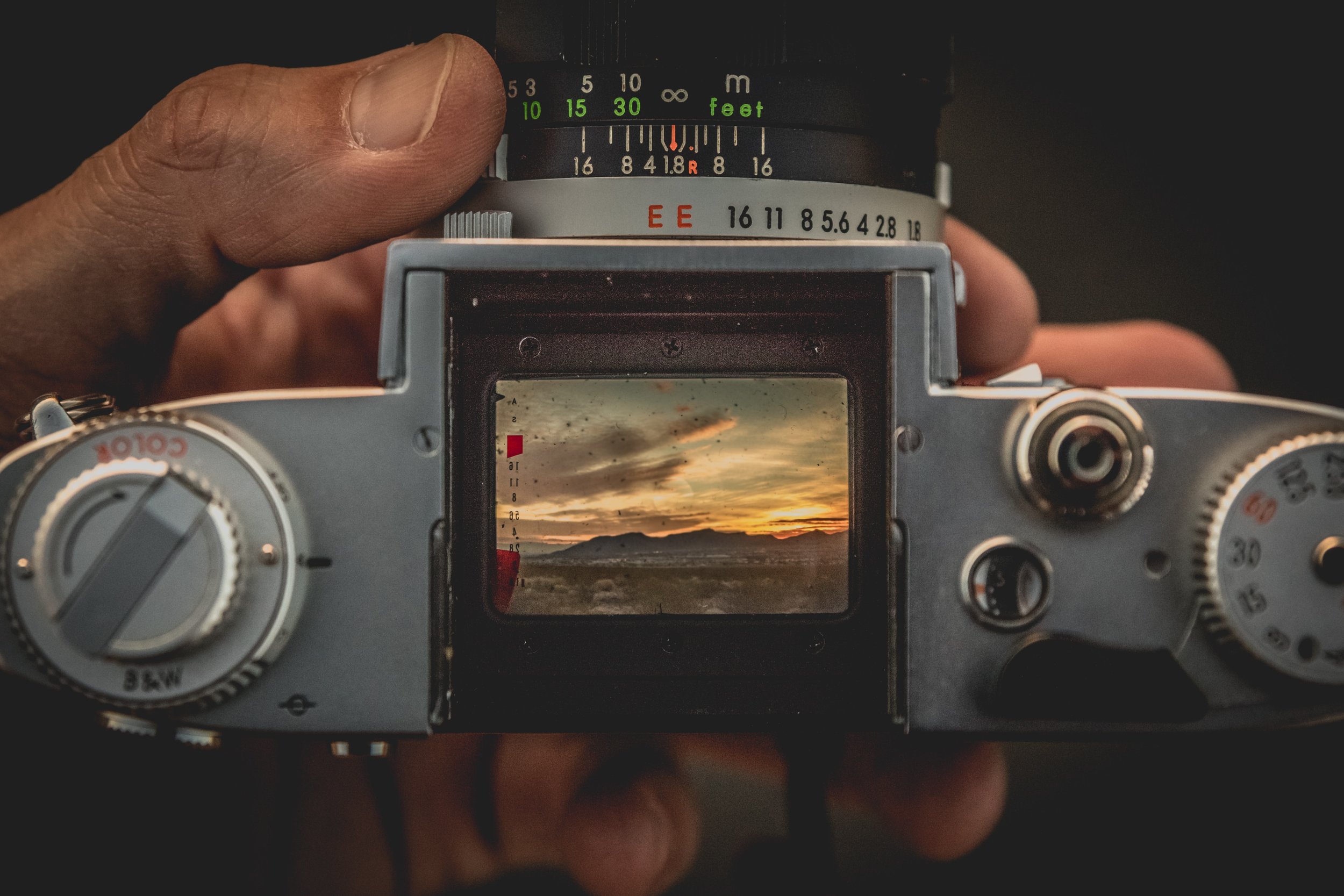Rob Roy's Glacier, #ShotoniPhone
SYD → ZQN
It’s been 3 years since I travelled to the South Island of New Zealand. A lot has changed since the last time I came to this beautiful place. The last time I was here, the global pandemic didn’t happen, the recession was just a rumour, I didn’t know how to drive a car, and for sure 48MP cameras were used by professionals who were shooting magazine portraits and people who had big hard drives, expensive Apple Mac Pros.
In 2019,
I brought my good old Sony A7ii and a newly purchased lens Sony 24-108 F4
I was shooting some videos for fun with my iPhone XS. A pretty sleek phone that had a 12mp sensor, half of what my camera had it. Naturally, I was not shooting anything important with that camera, just some videos and memories
In 2022,
I brought my new Sony A7c and my 3-year-old lens, Sony 24-108 F4.
I also brought my new iPhone 14 Pro. Oh it comes with a camera sensor that’s twice my main sony camera, a whooping 48 megapixels
But the question remained in my mind for so long —
“ Does the new iPhone shoot as well as my camera? Is this one finally replacing my camera? ”
I wasn't sure if I was ever going to find an answer to this question, but then I remembered, I've been using my iPhone camera as a “fun camera” all along!
You know, the kind of camera you use to take silly photos of your friends and family and it's always with you. It captures good enough photos for you to share with friends and family, good to post Instagram stories or click snap chats.
But it wasn’t always the case. iPhone actually inspired me to get into Photography in 2013 when I first started being a designer. I quickly outgrew the iPhone camera and realised I need something that offers higher quality, higher resolution and most importantly more focused experience for me to capture Photos.
Around 2015, I slowly stopped posting iPhone photos to my main feed on Instagram. I only post photos shot RAW on Sony Camera, processed fully in a photo editing product on my desktop and meticulously create a post that I’m happy with.
My fun photos from my iPhone just go to my Instagram stories or just sit in my gallery, occasionally shared with my friends and family
Enroute to Rob Roy’s Glacier
Mt Aspiring is one of the most beautiful mountain ranges on the southern island of New Zealand. Rob Roy’s is an impressive hanging glacier that’s resting on the top of the mountains. Accessible via the Matukituki Valley and a six-hour hike, Rob Roy’s Glacier is an amazing sight to behold. The view from the top of the glacier is awe-inspiring, with incredible blue ice and snow-covered slopes. The area surrounding the glacier is untouched wilderness and you can feel a true sense of solace there. Along the path, you'll get up close and personal with the native beech and other trees, energy-giving ferns, and the iconic, tall, slender red tōtara trees
Now, this might sound like I know already about the hike and how beautiful it could be before the hike, but don’t let my introduction fool you. This was not a hike I had planned and my partner planned it as a good surprise for me. I didn’t read much about how to access the glacier or read reviews about the hike difficulty. I turned 31 that day and I was treated to absolutely stunning views.
While driving towards the walk, we quickly realised something about the roads seems off — 50kms for 1hr sounds not right for a highway. Only halfway through I remembered vaguely reading that there will be 30 km of gravel road and almost 10 km of roads filled with fords, i.e water running through the road and you should be comfortable driving inside them. Halfway through gravel roads we also lost internet and we are officially off the grid. This also accidentally cut off my family from being able to reach out to me (I turned 31 that day).
This actually took us 1.5 hrs to get there…
Turns out we missed out this fine print in the Department of Conservation’s track info
Fords (not the car) running through the gravel roads. Not our photo, credit: Lesterlost
After crossing a couple of fords, we quickly came across a very strong deep ford and even though we had a mini SUV, it wasn’t fully equipped to be a four-wheel drive. Meg, my partner reluctantly stopped and realised we may not be able to do the hike. Lucky for us two brave ladies in their Toyota Yaris figured out how to cross this scary ford.
They used a long stick to figure out the shallow ends and drove right through it. Unblocked, we just pushed through and reached the Raspberry Creek car park. This is where the hike starts.
We also learned that the whole thing around it is a huge farm and there is nothing else around for 50kms apart from mountains, rivers and hikers.
The Hike
It was pretty late in the afternoon and the bright day was starting to be overshadowed by some dark clouds near the mountains. We quickly realised the hike was not easy and it was easy to medium. To make it even worse for the first 30mins during the hike, we only saw people returning and we weren’t sure we can do this hike this late in the afternoon. We were so determined to take any of these signals to turn back. After all, I haven't even tested my iPhone against the camera yet — I’ll get to that soon, but you can also jump to the photos below and get started.
The hike itself is a beautiful path through a rope bridge, a small meadow and a huge forest walk right up to the top. It was slightly steep in the middle and towards the end, but otherwise a medium-grade track, and definitely not an easy one as my partner thought. She hadn’t done hikes in a while and her legs had cramped up occasionally in the past. Amidst all the odds and all the cramps she pushed through and we actually made it through the end.
Shot on iPhone
Throughout the hike, I was constantly impressed by the nature and how beautiful the iPhone was able to capture most of it with its beautiful 48Mp sensor.
The lush mountain foliage, the beautiful imperfection of the trees, the stunning colours of the water, the different shades of forest green, and the delightful mix of shadows cast by the mountains and trees — iPhone didn’t miss any of these in their details. All the Photos below are shot in Raw and edited using Lightroom.
There were many times when I couldn't quite believe my eyes at the pictures my iPhone captured. So, I had to double-check by opening it in a photo editor and inspecting every detail. I mean, the camera on this thing is so good, it's almost like the phone itself can't keep up and occasionally shows a blurry preview in the photos app, but in reality, it's sharper than a razor blade on steroids.
Here are a few samples and zoomed previews…
Details captured by the iPhone 14 Pro, the main camera
The Photo itself — Compressed for web preview, I’ll not burden you by making you load a 50 MB file.
Another sample - Portrait of Meg
Same photo, but look at the tress next to her
The Photo itself, in its compressed glory. The internet (and the internet speed) is not ready for the rich iPhone 14 full-resolution photos.
Another Photo — iPhone consistently keeps all the details sharp. The full image of this preview is at the end of the article.
The track was filled with beautiful trees, floating from the edge of the cliff overlooking the turquoise glacier river coming through from the mountains. I love these walks because they show you gracefully how small you are in the existence of time and how long these mountains were around.
Not so long ago, before the ice age ended (20,000 years ago), this whole valley was filled with the glacier and it spread all the way down. Imagine walking through a place that was carved by the frozen pressurised ice layering all the way to the top of the mountains. It’s pretty magical to even imagine all these in the time frame of humans.
Back to the Photos
Removing the green, you can truly see how harmonious all life exists around the water
Meg when she first saw the closeup of the hanging glacier
The Photogenic glacier with majestic falls.
Compared to the main camera, the telephoto quality isn’t great — probably because it does not have the 48mp sensor
iPhone also stunningly captured this photo even though there was a bit of shake in the bridge
I can never get tired of this view and it’s not even 10 min walk from the car park.
The happy frame after an intense hike and walk back
The main camera captures stunning portraits. No Portrait mode is required. Look at the bokeh!
The end of the trail.
Verdict
There was this one moment I knew how powerful iPhone is and how much it could affect my Sony camera usage. It’s one of my favourite views on the trip capturing this beautiful mountain (which reminded me of Switzerland’s Matterhorn). I tried to capture the shadows, the fauna around it and the beautiful patterns on the mountains. The photos were a few mins apart, but you can see how both cameras performed.
Sony A7C + 77mm F4.0 vs iPhone 14 pro - 6.86mm F1.78
if you ignore the zoom compression and foreground blur, the photo we got from iPhone is pretty impressive. It’s extremely sharp, and preserves all the shadows, for the farthest subject. If you told me a few years ago that I’d be getting a result from an iPhone that’s equivalent to a Sony full-frame camera, I’d probably think you are joking.
It’s fascinating to see how much Apple improved the iPhone camera over the years, and the quality bar shows why the 48MP jump from 12MP is so important for iPhone. They made an almost impossible task of upgrading a phone to a professional camera and I think they are close to the finish line.
Will I switch to iPhone fully?
I think I’m 95% there already. I don’t regret it anymore if I forget my camera and I’m witnessing a beautiful sunset at a pretty beach. I just turn on the RAW mode in my camera and just start shooting. Within a few mins, I got a beautiful photo that I can instantly edit and post on the same day.
The best camera is the one that you carry around everywhere.
Now the iPhone is relatively the best camera when comparing effort vs quality.
The Effort here means how much effort it is to carry a camera, and how easy it is to capture, edit and post photos.
The Quality here means how good the photo is — the resolution, details, colour reproduction and most importantly how satisfying the photo is.
iPhone 14 really shines in producing stunning photos, with almost no effort. I think I’m ready to switch to iPhone by default for my photography and I can’t wait to show the results.
Quality here means how good the photo is — the resolution, details, colour reproduction and most importantly how satisfying the photo is. Effort here means how much effort it is to carry a camera, and how easy it is to capture, edit and post photos.
Where the iPhone falls behind?
The better question would be why I will still carry my camera occasionally and why would I still love the Sony camera.
1. Battery Life
Something I didn’t share earlier is that all these raw photos come at a huge cost of the battery in the latest iPhones. Roughly two to three photos in RAW make the phone lose 1% of the battery.
Now, this is not an unsolved problem and there are a lot of battery packs at the moment. If you are on the trail or just driving around, you can use an external battery to keep it charged. But the problem is that iPhone is also a device for wayfinding, for keeping in touch with your friends and family and most importantly something that can help you in case of emergency.
I don’t need my camera in case of an emergency, but I’d love the phone to be charged and ready for me when I need it. This is a huge factor for me and unless I have a backup phone, it doesn’t make sense to keep shooting raw.
“When you shooting camera battery is like a never-ending pack of gum.”
On the other hand, camera batteries have come a long way. A single fully charged battery allows me to take up to 400 photos on a normal day. On a colder day, it’s obviously less but that’s still better than iPhone. I also have 2 backup batteries if I run out of charge. The camera is designed for photographers to keep shooting and I love it.
Apple might do more innovation in this space and will boost the battery by 50% in the next 2-3 years but it’ll still be less reliable than a replaceable camera battery.
2. Focused shooting experience
This is a personal opinion and I think it holds true for a lot of photographers. There is a certain sense of calm when you use a viewfinder. It’s not distracting you from all the light around you, or all the beautiful things that you are surrounded by. This gives a particular focus on photographing things. I’m not getting distracted by notifications either.
Another thing with the viewfinder is that when you focus on it, you close your eyes and only your subject is visible. It’s a pretty simple thing to describe, but when you stop and notice, it’s so powerful feeling as a photographer and my relationship with the subject.
I turn off my display and primarily just use the viewfinder in my camera.
Photo by Ryan
3. Night-time Photos
The last thing to end with is the nighttime photos. iPhone performs insanely well in good light, but it’s okay at night. Some of my friends have shot wonderful photos and iPhone actually has a tripod mode giving a nice 20-second long exposure.
But still, if you are shooting for higher quality, iPhone still hasn’t reached a good stage for night photos yet
4. Lack of 48mp telephoto sensor
I think for me this is the biggest pain point in using an iPhone — the lack of good resolution when you shoot in 2x. I deliberately use my camera to shoot subjects with a bit of depth to get good compression. Most of my photos are shot with 50 to 108mm in my lens because I love that distance. The 2x camera on iPhone could be so much better, but instead, it’s similar to the previous iPhone and doesn’t offer so much flexibility for photographers.
Telephoto sample for comparison.
While the photo itself didn’t look bad, when zoomed in, the details felt lacking
Similar detail loss around the green areas too
I know Apple is probably working on supporting 48MP telephoto sensors right now and all of these issues will disappear in a few years. Perhaps that’s the most exciting thing I love about apple and iPhones — their relentless push in upgrading their camera system.
The sony A7C (launched in 2020) I’m using is a huge upgrade from the A7ii (Launched in 2014) in terms of autofocus and physical size. But in terms of the end image quality, I don't think there is a huge difference between both them. Now compare that with iPhone that was released in 2014 and the phone that was released in 2022.
I found iPhone significantly levelling up with their latest release and I’m so grateful to have gotten my hands on one (thanks to meg for gifting this one).
That’s a wrap!
Appreciate you reading until the very end.
If you were looking for a more technical review, I’d recommend Austinman’s beautiful review. I wrote my thoughts here purely from my perspective and what I use every day. Your mileage may vary and the subjects you shoot often will determine the kind of camera you would want to use.
I’m also grateful for being able to travel after the pandemic to one of the most beautiful parts of the world, the South Island of New Zealand. I got an opportunity to be close to the glaciers once again and witness the magnificent mountains. I also want to acknowledge that climate change is real and these glaciers are retreating faster than ever before. Rob Roy’s glacier is no exception and it’s retreating faster than ever.
If we don’t change our ways today, there won’t be a glacier for us to take photos of. So as much as the new phone is amazing, I’d say if you don’t need it, don’t buy it. Reduce waste and recycle often.
Thanks for the lovely read! Let me know if you want to know more or if I missed out something via my email - hey@suganth.cc







![[Wide format] When we reached the vantage point, the clouds already surrounded the mountain, except the peak. It was glowing and probably I had to reduce the exposure so much to capture the glow without loosing the details on the darker side. When I](https://images.squarespace-cdn.com/content/v1/596e3f4c03596e49195a7da0/1589542449996-9D52U6ORYFZ1CNKIJTHG/image-asset.jpeg)






